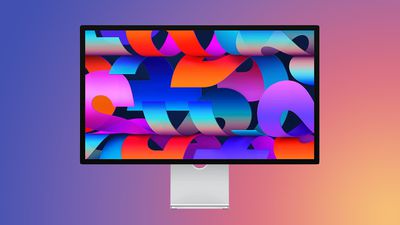One of the major factors that contributed to Apple's heavy focus on artificial intelligence in iOS 18 was an experience that software chief Craig Federighi had with GitHub Copilot, according to The Wall Street Journal.
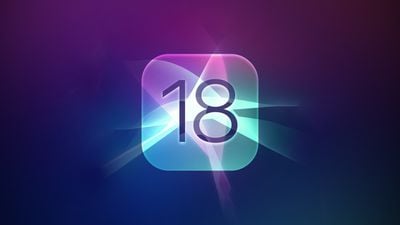
In a report on Apple's AI ambitions, WSJ says that Federighi became an AI "convert" after testing the Copilot coding tool introduced by Microsoft-owned GitHub. Copilot, which uses OpenAI technology, was created to help programmers write, troubleshoot, and translate code into different programming languages.
After "playing around" with GitHub Copilot in December of 2022, Federighi explained that he had "come to appreciate" generative AI, and he reportedly tasked engineering employees with creating new ways to integrate AI features into Apple's apps and features. Prior rumors have suggested that Apple is aiming to integrate AI into as many apps as possible with iOS 18 and future software updates.
Apple accelerated development on internal generative AI development, even recruiting some former Apple Car employees to work on the technology, but it has also held discussions with OpenAI and Google and is expected to rely on both its internal AI models and external partnerships.
Rumors about features coming in iOS 18 indicate that Federighi has been successful in incorporating AI into the operating system in a number of ways, with Apple planning to add AI features to Messages, Mail, Photos, and other key apps. Siri will also be overhauled with generative AI, making the personal assistant smarter and more capable.
A rundown of all of the new features rumored for iOS 18 can be found in our roundup.






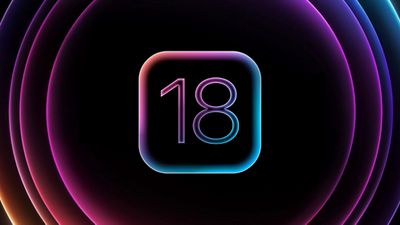
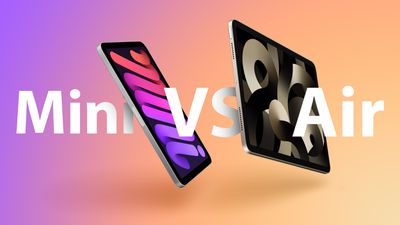



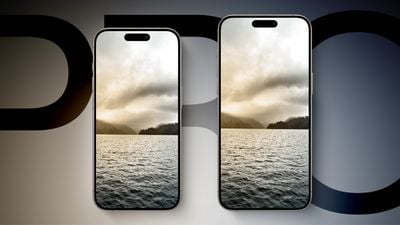
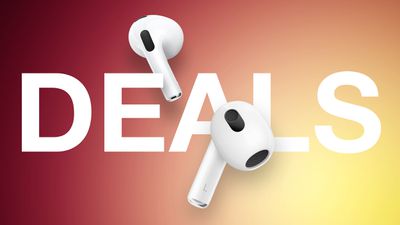


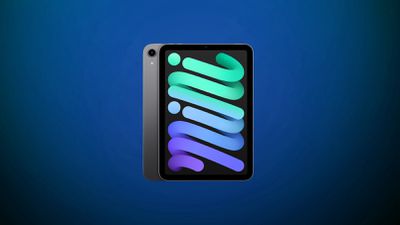








 Note: MacRumors is an affiliate partner with Amazon. When you click a link and make a purchase, we may receive a small payment, which helps us keep the site running.
Note: MacRumors is an affiliate partner with Amazon. When you click a link and make a purchase, we may receive a small payment, which helps us keep the site running.